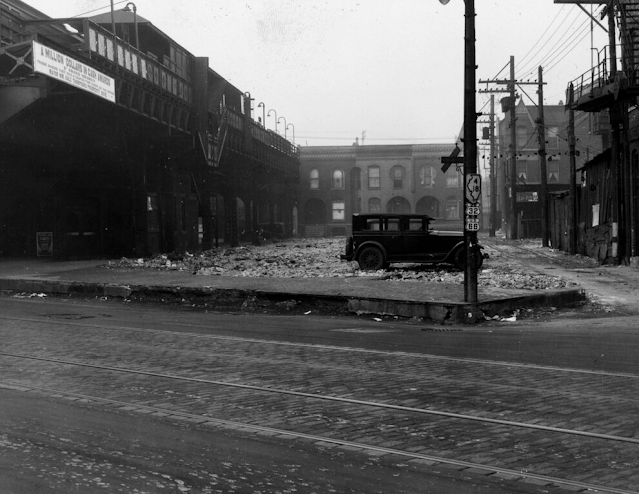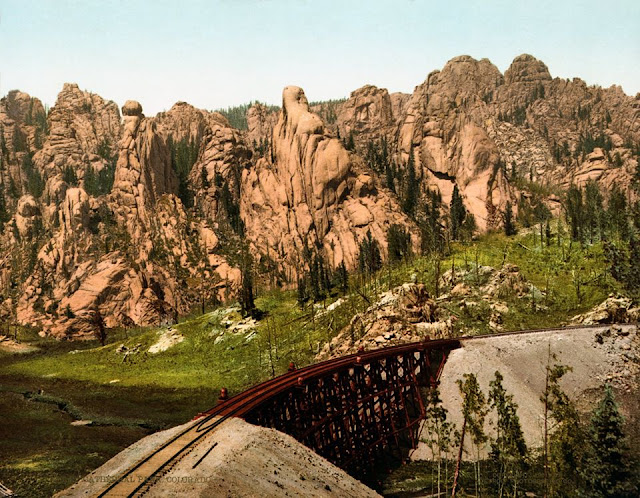Ogden Avenue Once Had Four Numerical Designations. It Has Zero Today.

Sometimes a picture is worth a thousand words, at least when there's four highways labeled in a single frame, and none of them exist on this road today. Image: Chicago Transit Authority, 1930 via USEnds.com There is a lot that's forgotten here in this 1930 image of Ogden Ave in Chicago, IL, as the photo depicts two decommissioned US Highways, 32 and 66, and two Illinois state routes that still exist, but run nowhere near Chicago today. What was once signed with 4 different numerical designations is now an unnumbered road. To make things even more confusing, Ogden Ave in much of the Chicago area is signed as US-34, which came a few years after this picture was taken. Today, we're going to quickly explore how each of these highways came to land on the same road, and why they no longer run on Ogden today. Ogden Ave is currently signed as US 34 west of IL-43/Harlem Ave in Berwyn, which is where US-34 presently begins . Illinois Route 4 was a Chicago-St. Louis road that some...







